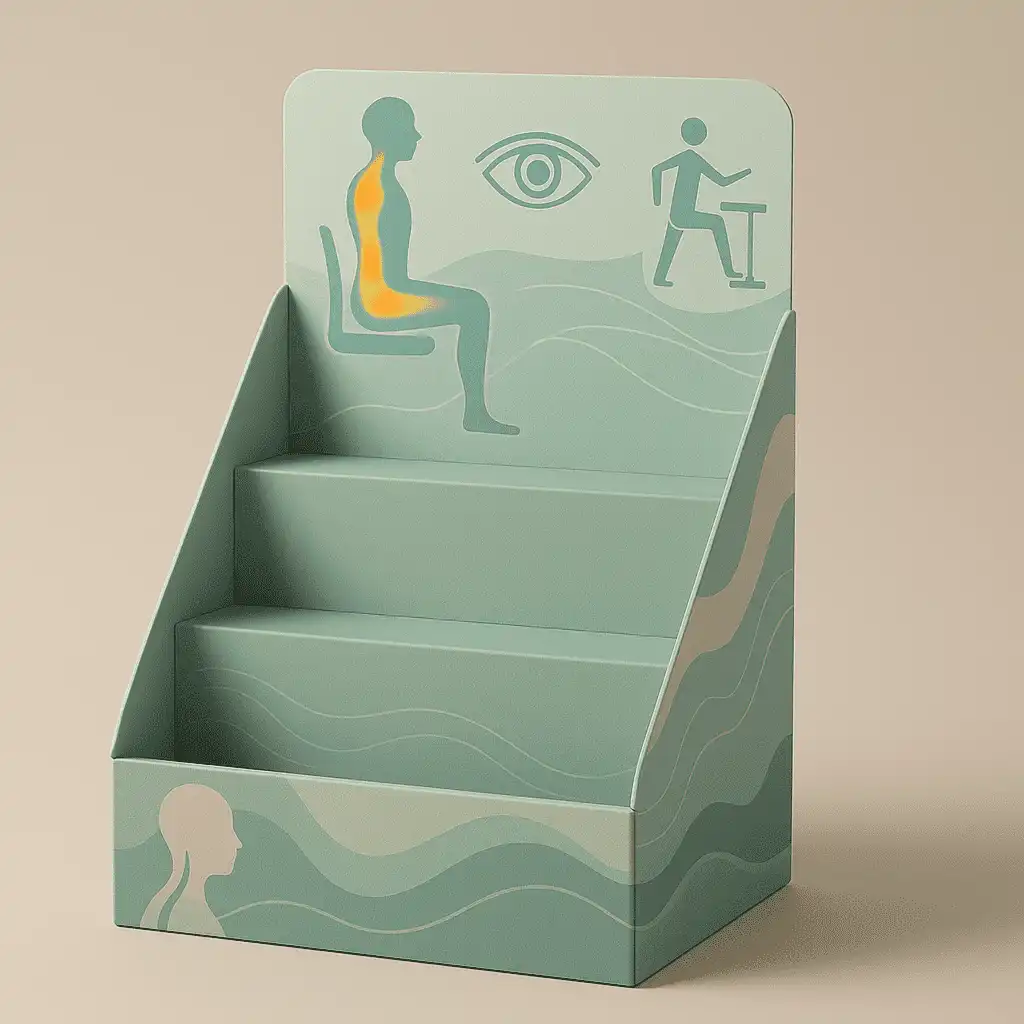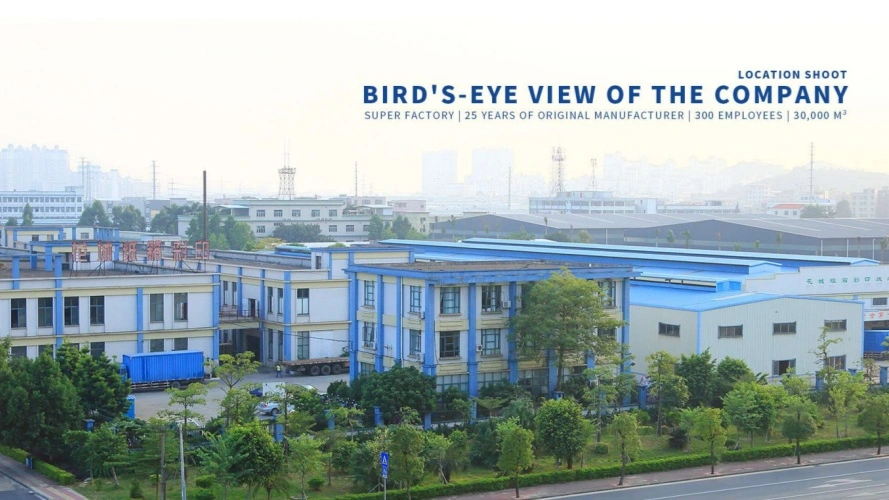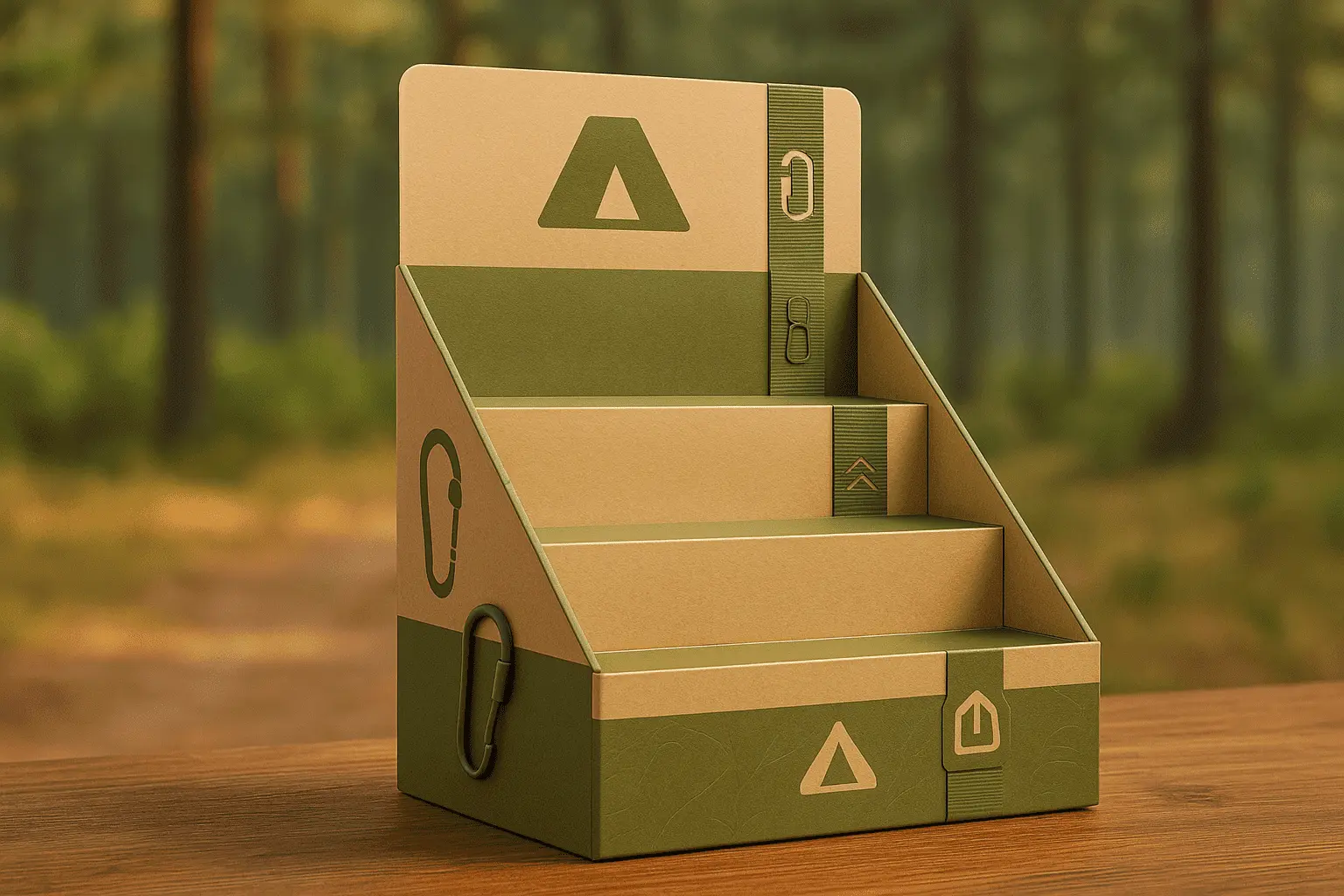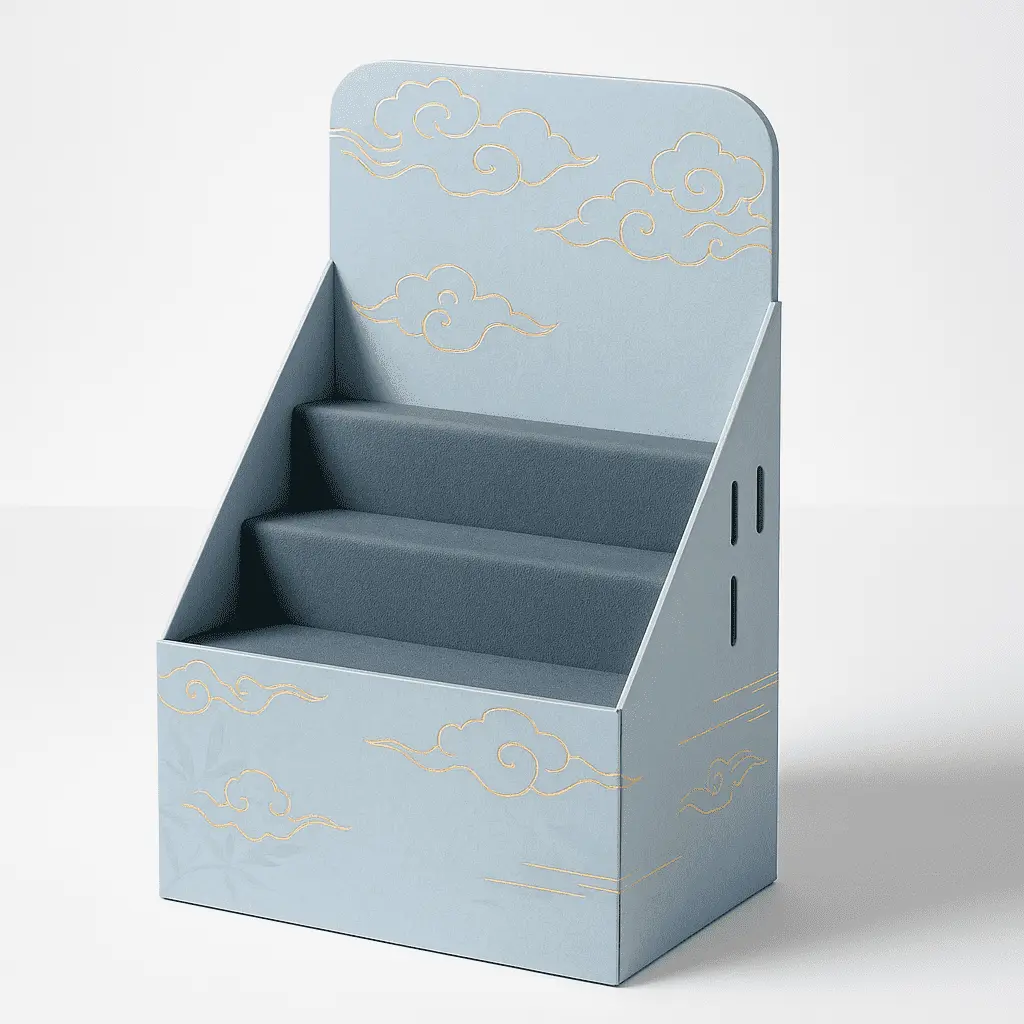How Sustainability Is Reshaping Retail Display Solutions?
Sustainability is revolutionizing retail display solutions, transforming the way businesses showcase their products and engage with environmentally conscious consumers. As eco-friendly practices become increasingly important, retailers are adapting their visual merchandising strategies to incorporate sustainable materials, energy-efficient designs, and recyclable components. This shift not only reduces environmental impact but also resonates with customers who prioritize green initiatives. From modular fixtures to biodegradable signage, sustainable retail displays are proving that aesthetics and environmental responsibility can coexist, creating immersive shopping experiences that align with modern values and drive brand loyalty.

The Evolution of Eco-Friendly Materials in Retail Displays
Biodegradable and Recycled Materials
The retail industry is witnessing a significant shift towards eco-friendly materials in display solutions. Biodegradable substances like bamboo, cork, and mycelium are gaining traction for their minimal environmental impact. These materials decompose naturally, reducing landfill waste. Similarly, recycled plastics and metals are being repurposed into stunning display fixtures, giving new life to materials that would otherwise contribute to pollution.
Sustainable Wood Alternatives
As deforestation concerns grow, retailers are turning to sustainable wood alternatives for their retail display solutions. Engineered wood products, made from fast-growing trees or agricultural residues, offer the aesthetic appeal of traditional wood without the environmental cost. These materials are often more durable and resistant to warping, making them ideal for long-term use in retail environments.
Low-Impact Finishes and Adhesives
The sustainability movement extends beyond core materials to the finishes and adhesives used in retail displays. Water-based paints, low-VOC varnishes, and eco-friendly adhesives are becoming standard in the industry. These alternatives reduce harmful emissions during production and throughout the display's lifecycle, creating healthier environments for both retail staff and shoppers.
Energy-Efficient Lighting and Technology Integration
LED Lighting Solutions
LED lighting has become the standard in sustainable retail display design due to its impressive energy efficiency and performance. Compared to incandescent or fluorescent bulbs, LEDs use up to 80% less energy, significantly cutting electricity costs and reducing greenhouse gas emissions. Their lower heat output also contributes to a more comfortable shopping environment by reducing the burden on HVAC systems. With a lifespan of tens of thousands of hours, LED lights minimize maintenance needs and landfill waste from frequent bulb changes, making them an environmentally and economically sound choice for modern retail spaces.
Smart Display Systems
Technology-driven smart display systems are transforming retail environments by combining energy savings with interactivity. Integrated sensors detect motion or presence, activating lights and screens only when a customer is nearby, while ambient light sensors adjust brightness automatically to optimize visibility and efficiency. These systems reduce unnecessary energy use during off-peak hours or in unoccupied spaces. Beyond sustainability, they also enhance customer engagement through dynamic, responsive content, encouraging longer interactions and higher conversion rates. As energy costs rise, smart display systems are becoming a vital part of efficient and immersive retail display solutions.
Solar-Powered Displays
Solar-powered display units are gaining popularity, especially in outdoor and off-grid retail settings. Equipped with photovoltaic panels, these displays convert sunlight into electricity to power lighting, digital signage, or interactive elements without drawing from the grid. This reduces operational costs and reliance on fossil fuels, helping retailers lower their environmental footprint. The portability and independence of solar-powered displays allow them to be placed in diverse locations, from parking lots to pop-up retail installations. As solar technology improves, these displays are becoming more reliable, efficient, and cost-effective, enabling sustainable advertising with broad spatial flexibility.
Modular and Reusable Display Designs
Adaptable Fixture Systems
Modular display systems represent a practical shift toward sustainability in retail environments. These adaptable fixtures can be rearranged, resized, or reconfigured to support rotating merchandise, limited-time offers, or seasonal campaigns. This flexibility reduces the demand for new displays with every product change, helping retailers cut costs and avoid unnecessary waste. By allowing repeated use of core components, modular solutions extend the display lifecycle while supporting eco-conscious merchandising strategies. They are especially valuable for retailers seeking efficient store refreshes without sacrificing sustainability or visual appeal.
Rental and Leasing Options
Rental and leasing models are reshaping how retailers approach retail display solutions ownership and sustainability. Instead of investing in short-term fixtures, businesses can now access high-quality, reusable displays through leasing programs. This reduces the production of single-use displays and promotes ongoing circulation across multiple users. Providers handle maintenance, refurbishment, and redistribution, ensuring displays remain functional and attractive throughout their lifespan. This system supports circular economy principles by keeping resources in use longer and eliminating unnecessary waste, offering both environmental and financial benefits for modern retail operations.
End-of-Life Considerations
Sustainability in retail displays now extends well beyond their initial use. Brands are designing fixtures with disassembly, recyclability, and repurposing in mind, ensuring each component can be efficiently processed at the end of its lifecycle. Materials are clearly labeled for separation, and construction avoids harmful adhesives that hinder recycling. Many manufacturers now offer take-back programs to manage responsible disposal or refurbishment. These practices close the loop on resource use, aligning display design with environmental goals and helping retailers reduce their ecological impact while upholding corporate sustainability commitments.
Conclusion
Sustainability is no longer an option but a necessity in retail display solutions. The industry's embrace of eco-friendly materials, energy-efficient technologies, and modular designs reflects a broader commitment to environmental responsibility. As retailers continue to innovate, we can expect even more creative and sustainable approaches to visual merchandising. This evolution not only reduces environmental impact but also resonates with eco-conscious consumers, driving brand loyalty and setting new standards for retail experiences worldwide.
Contact Us
Ready to transform your retail space with sustainable display solutions? At Guangzhou Huadu Fetching Color Printing and Packaging Co., Ltd., we specialize in creating eco-friendly packaging and display options that align with your brand's values and environmental goals. Let's work together to design innovative, sustainable retail displays that captivate your customers and contribute to a greener future. Contact us today at support@fetchingprinting.com to explore how we can bring your sustainable vision to life.
References
1. Johnson, A. (2023). "The Green Revolution in Retail Displays: A Comprehensive Analysis". Retail Science Quarterly.
2. Zhang, L. & Smith, T. (2022). "Sustainable Materials in Modern Retail: Innovations and Applications". Journal of Eco-friendly Commerce.
3. Patel, R. (2023). "Energy Efficiency in Retail: LED Lighting and Smart Display Systems". International Journal of Retail Technology.
4. Brown, C. et al. (2022). "Modular Design Principles for Sustainable Retail Fixtures". Sustainability in Design.
5. Lee, S. & Garcia, M. (2023). "Consumer Perceptions of Eco-Friendly Retail Environments". Environmental Psychology Today.
6. Wilson, D. (2022). "The Economic Impact of Sustainable Retail Displays". Journal of Green Economics.




